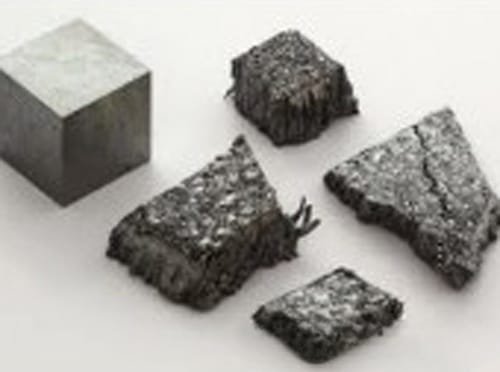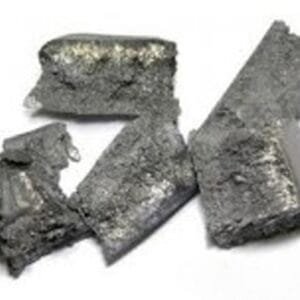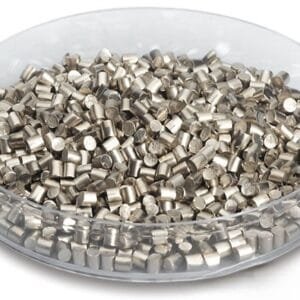Lutetium Evaporation Material Description
Lutetium, a silvery-white metal and the final member of the lanthanide series, is often categorized as a rare-earth element. This metal is chiefly used for research applications. It is notable for its solubility in dilute acids, its gradual reaction with water, and its resistance to corrosion when exposed to dry air.
In the realm of deposition processes, high-purity lutetium evaporation materials play a crucial role in producing high-quality thin films. At TFM, we are dedicated to manufacturing lutetium evaporation materials with a purity of up to 99.9%. Our commitment to quality is reflected in our stringent quality assurance procedures, which ensure that our products meet the highest standards of reliability.

Lutetium Evaporation Material Specification
| Material Type | Lutetium |
| Symbol | Lu |
| Color/Appearance | Silvery, Metallic |
| Melting Point | 1652 °C |
| Density | 9.840 g/cm3 |
| Thermal Conductivity | 0.164 W/cm/K @ 25 °C |
| Coefficient of Thermal Expansion | (r.t.) (poly) 9.9 µm/(m·K) |
| Synonyms | Lu Pellets, Lu Pieces, Lu Evaporation Pellet, Lutetium Pellets, Lutetium Pieces, Lutetium Evaporation Pellet |
Lutetium Evaporation Material Application
Lutetium evaporation materials are integral to several advanced technologies. They are widely used in deposition processes, including:
- Semiconductor Deposition: Essential for creating high-quality semiconductor films with precise characteristics.
- Chemical Vapor Deposition (CVD): Facilitates the formation of thin films with exceptional purity and uniformity.
- Physical Vapor Deposition (PVD): Used to produce durable and high-performance coatings on various substrates.
Lutetium Evaporation Material Packaging
Get Contact
TFM offers lutetium evaporation materials in a range of forms, purities, sizes, and price points. We excel in producing high-purity e-beam evaporation materials with optimal density and minimal average grain sizes. For information on current prices for evaporation pellets and other deposition materials not listed, please send us an inquiry.

 MSDS File
MSDS File



Reviews
There are no reviews yet.